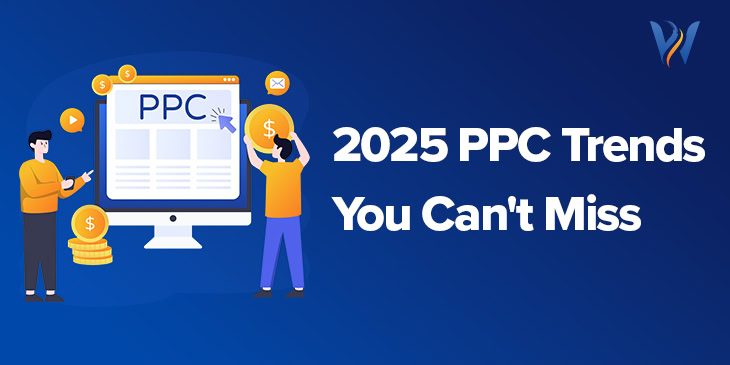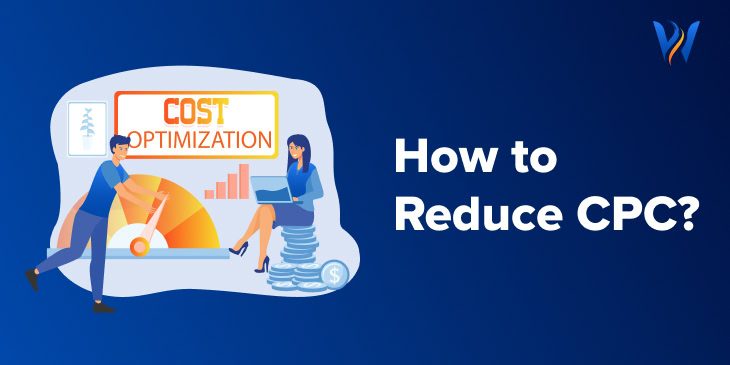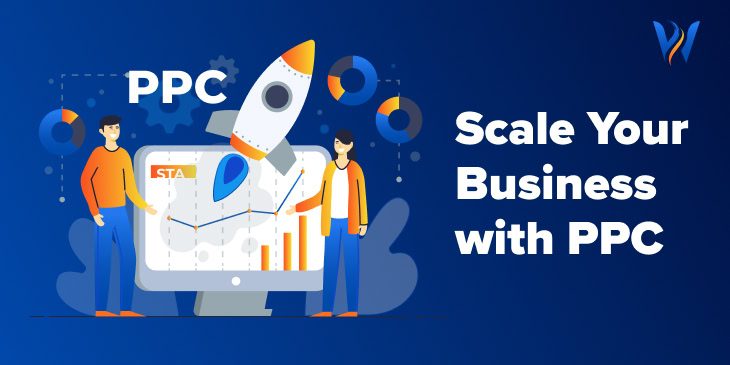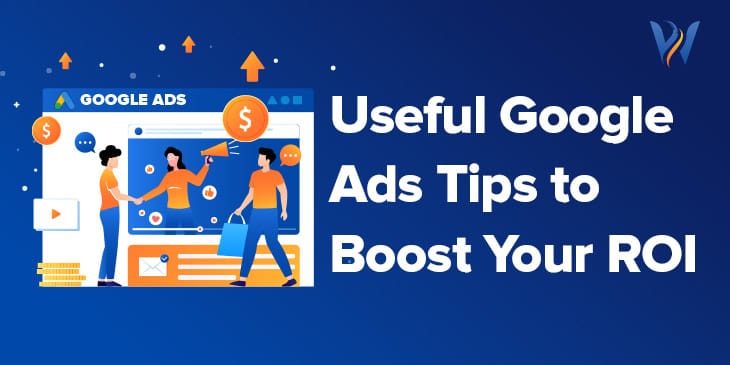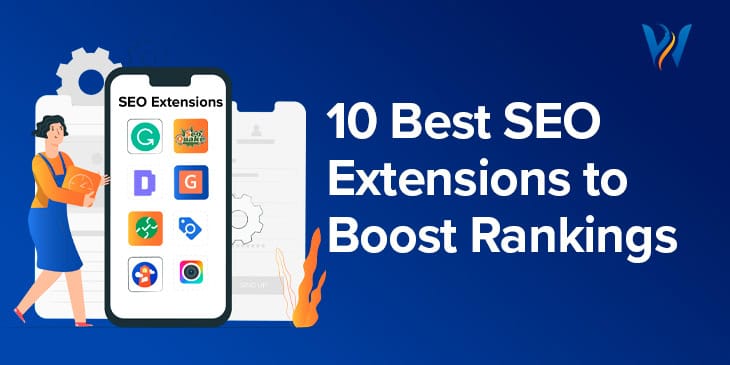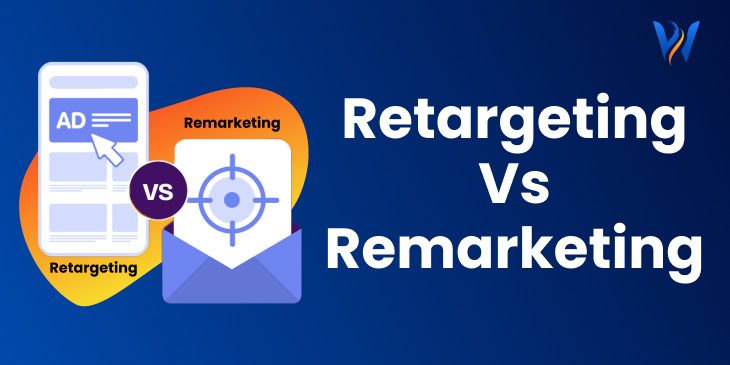When you spend money on ads, you want to know if it’s worth it. Two of the biggest names in online ads are Google and Meta, which owns Facebook and Instagram.
Both offer powerful ways to reach people in the USA. But they work in different ways, and they bring results in different stages of the buying process.
In fact, studies in 2025 showed that the average cost per lead on Google Ads was about $70, while Facebook’s was closer to $28—a big difference that makes many business owners wonder: which one actually gives the best return on investment?
To answer that, let’s start with the basics.
What Are Google Ads?
Google Ads are the paid listings you see when you search for something online. Let’s say you type “best running shoes” into Google. The first few results may have a small label that says “Ad.” That’s Google advertising at work. Businesses create those ads so their products or services show up when people are already looking for something.
Here’s how it works in detail:
- Search intent: Google Ads connects with people who are actively searching for a solution. This makes it very effective for businesses that solve a clear need.
- Pay-per-click model: You pay only when someone clicks. The cost per click can be low in some industries and very high in others, such as law or finance.
- Google Ads Manager: This is the platform where you build, track, and manage campaigns. You can see what keywords bring the most clicks, test different headlines, and adjust budgets.
- Adwords history: Years ago, the platform was called Adwords. Many people still remember it by that name, but today it’s simply called Google Ads.
- Google ad account setup: Every business needs its own Google ad account to run ads. This account holds billing, campaigns, and reporting tools.
Strengths of Google Ads:
- Quick results when people already want what you sell.
- Strong keyword targeting with search campaigns.
- Shopping ads for e-commerce with product photos and prices.
Weaknesses of Google Ads:
- Costs can rise fast in competitive industries.
- Requires steady optimization and keyword updates.
- Less effective for products people don’t know they need yet.
In short, Google Ads excel when customers are ready to buy or close to making a decision. If your business relies on capturing demand in the moment, Google is often a strong choice.
What Are Meta Ads?
Meta ads are the sponsored posts you see on Facebook and Instagram. These ads show up while people scroll, watch videos, or browse Stories. Unlike search ads, they don’t wait for someone to look something up. Instead, they place your product in front of the right audience based on interests, age, and behavior.
Key details:
- Facebook Ads: The most familiar form of Meta ads. These appear in the feed, sidebar, or Marketplace.
- Meta Ads Manager: This is the main tool for building campaigns. It helps set goals, pick audiences, and track results.
- Meta Business Ads Manager: Larger companies often use this version for multiple brands or teams.
- Meta adverts targeting: You can target people by hobbies, job title, location, and even device type.
- Creative variety: Ads can be videos, images, carousels, or reels. Strong visuals matter a lot here.
Strengths of Meta Ads:
- Reach people who might not be searching but are open to discovery.
- Strong retargeting tools. You can show ads to people who visited your site but didn’t buy.
- Lower average cost per click compared to many Google Ads campaigns.
Weaknesses of Meta Ads:
- Tracking can be harder because of privacy updates like Apple’s ATT.
- People may scroll past quickly if the ad doesn’t grab attention.
- ROI may take longer since it often starts higher in the funnel.
Meta ads shine when you want to build awareness or reach a very specific audience group. For example, a local fitness studio can target adults in its city who like yoga or running. That ability to create demand makes Meta a strong partner for brands that want growth beyond search.
Why ROI Matters in Ads
ROI stands for “return on investment.” It shows how much money you make back for every dollar spent. If you spend $100 on ads and earn $300 in sales, your ROI is 3 to 1. For any small business, ROI is the most important number to watch.
“ROI matters because it tells you what’s working. Without it, you could pour money into ads and never know if they pay off. “
Every business should review ROI at least monthly. Both Meta and Google provide dashboards, but the numbers must be understood in context.
Why is ROI so central in digital advertising?
- Budget clarity: It tells you if your ad spend is helping or wasting money.
- Platform comparison: It makes it easier to compare tools like Google Ads and Meta Ads side by side.
- Growth signal: Strong ROI means you can spend more with confidence.
Things that affect ROI:
- Ad costs: Clicks, views, or impressions vary by platform and industry.
- Conversion rate: How many people take action after clicking, like buying or signing up.
- Tracking setup: Tools like Meta adverts reporting or Google ads manager dashboards give you numbers. But they need to be set up right.
- First-party data: Using your own customer email list in Meta ads manager or Google advertising campaigns often makes ROI better.
For example:
- A lawyer may see higher costs with Google Ads, but close big cases that pay back the spend.
- A clothing shop may use Facebook Ads to reach new customers with a fun video, and ROI comes later as more people follow and buy.
Google Ads vs Meta Ads: Which Gives Better ROI?
When people compare Google Ads and Meta Ads, the question usually comes down to one thing: return on investment, or ROI.
ROI shows how much money you get back from what you spend. Both platforms can bring strong results, but they do it in different ways.
Let’s check this out so you can see which one might work better for your goals.
Costs and Clicks
The first big factor in ROI is cost. Every ad platform charges money when people click or view ads.
- Google Ads: With Google advertising, you pay for clicks on search results or shopping ads. Some clicks may cost less than a dollar, while others in industries like law or insurance can cost over ten dollars. Costs go up when more advertisers want the same keyword.
- Meta ads: On Facebook and Instagram, the cost per click is usually lower. Many small businesses see clicks in the one-to-three-dollar range. That makes it easier to reach more people for the same budget.
Lower cost does not always mean better ROI, though. If Google Ads bring more buyers ready to act, the higher price per click can still be worth it.
Audience and Intent
Another big piece is who you can reach and what mindset they are in.
- Google: People use search when they already want something. If someone types “emergency plumber near me,” they likely need help right away. Ads for local plumbers will show up in those searches. This high intent often means better conversion rates.
- Meta: People see ads while scrolling through social feeds. They may not be shopping, but they might stop if your ad looks interesting. Meta adverts are good for sparking new interest, introducing a brand, or showing off creative visuals.
So, Google is stronger for capturing demand that already exists. Meta is stronger for creating new demand.
Tools and Setup
Both platforms have tools to run and manage ads. Understanding these helps you see how ROI is measured.
- Google ads manager: This is where you set up campaigns, choose keywords, and track performance. It shows data like impressions, clicks, and cost per lead.
- Adwords: Years ago, Google’s ad system was called Adwords. Many people still use the old name, but now it’s all part of Google Ads.
- Google ad account: Every advertiser needs a Google ad account. This holds billing information, campaign settings, and reports. Many agencies also keep a Google ads portfolio that shows past campaigns, results, and creative approaches. This helps clients understand how strategies work across industries.
On the Meta side:
- Meta ads manager: This is the main platform for building ads on Facebook and Instagram. You can set goals like traffic, leads, or sales. On the Meta side, agencies often build a Facebook ads portfolio to highlight creative formats, audience targeting examples, and ROI from past campaigns.
- Meta business ads manager: Larger teams or agencies use this to run multiple accounts in one place.
- Facebook Ads formats: You can make single-image ads, carousel ads, or short videos. Each format reaches people differently.
Both systems give a lot of data. But to make sense of ROI, you need to set goals and track them carefully.
Speed of Results
ROI also depends on how quickly you see results.
- Google Ads: Often faster. If you set up a search campaign and someone is already looking for your product, you can get clicks and sales within hours. That makes Google strong for businesses that want quick leads or immediate purchases.
- Meta Ads: Sometimes slower. Because people aren’t always ready to buy, you may need to show ads several times before they act. ROI often improves over weeks as audiences warm up.
This means if your business needs fast leads, Google may be the first choice. If you want long-term brand growth, Meta can shine.
Tracking and ROI Accuracy
Numbers can look different on each platform. That’s because they track in different ways.
- Google Ads: Reports often give credit to the last click before a sale. That can make results look very strong for search campaigns.
- Meta Ads: Because of privacy rules, tracking can be harder. Apple’s iOS update limited tracking for Facebook Ads. Still, using tools like Meta ads manager with a conversions API helps bring more accurate data.
No matter the platform, it’s smart to check ROI with outside tools too, like Google Analytics or sales data.
When Google Wins
Google ads tend to give better ROI in these cases:
- Businesses that meet urgent needs, like dentists, locksmiths, or repair services.
- E-commerce shops with clear product demand, like “wireless headphones.”
- Local services where people search directly, such as “best pizza near me.”
Here, high-intent clicks often turn into quick sales. Even if clicks cost more, the return can still be strong.
When Meta Wins
Meta ads do well in these cases:
- Brands that want to grow awareness and build a following.
- Products that are fun, visual, or new to the market.
- Campaigns where retargeting is important, like reminding people who visited your website but didn’t buy.
Here, the power of visual storytelling in Meta adverts drives attention. ROI may grow more slowly, but it can create steady, long-term customers.
When to Use Both
Many businesses get the best ROI by using both together. Here’s how that might look:
- Run Meta ads to show fun videos or product carousels to new audiences.
- Retarget those same people with more ads using Meta ads manager.
- Then capture high-intent searches on Google through keywords with your Google Ad account.
This mix covers the full funnel: awareness, interest, and purchase.
The smartest move is to test both, review data often, and put more budget where ROI looks strongest.
Conclusion
So, Google Ads vs Meta Ads: Which Platform Gives Better ROI? The answer depends on your business goals, your audience, and how you track success. Google works well for capturing people ready to buy. Meta excels at sparking interest and building awareness. The smartest approach is often to use both, test carefully, and follow the numbers.
Want expert help to get the most out of your ad spend? Reach out to Web India Inc. today and see how we can guide your growth.


